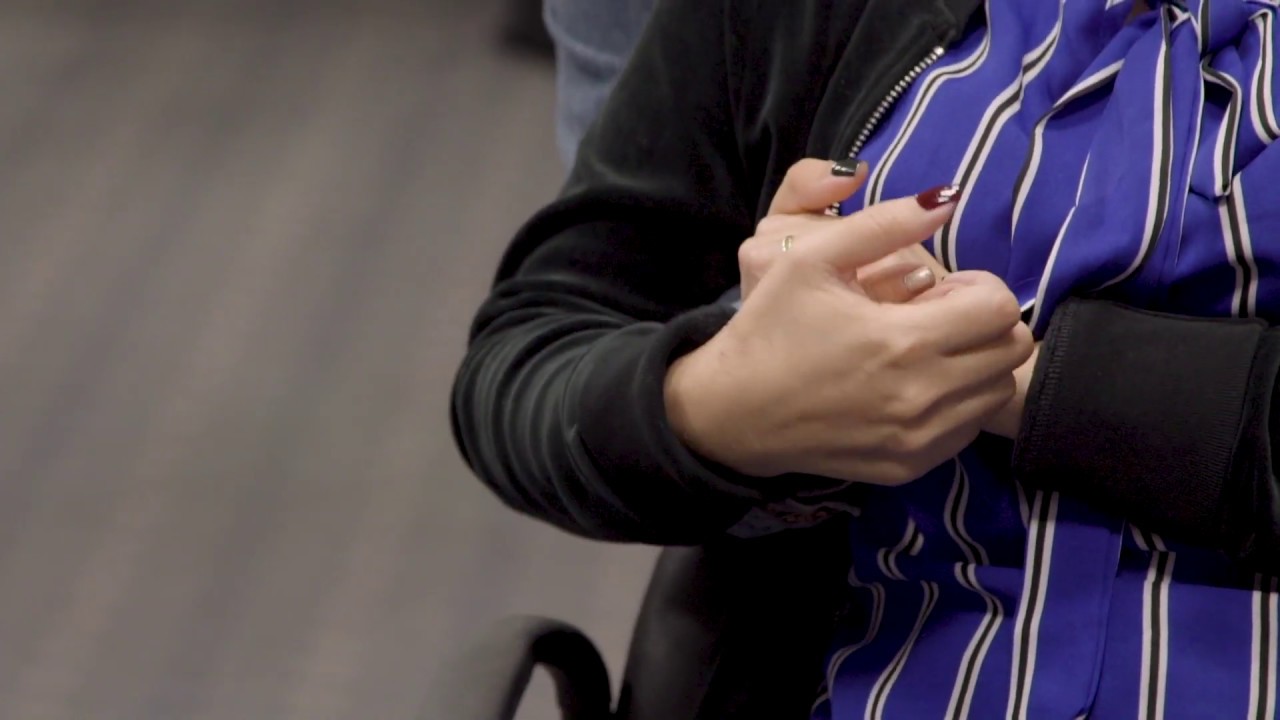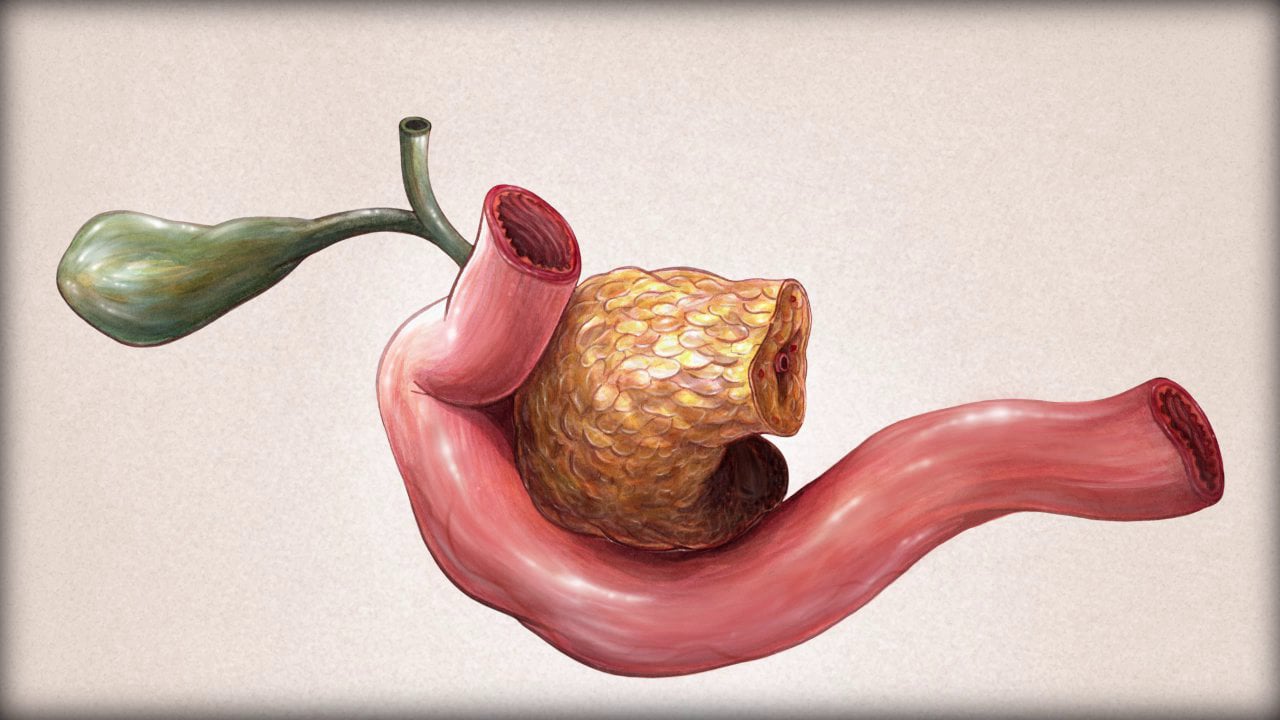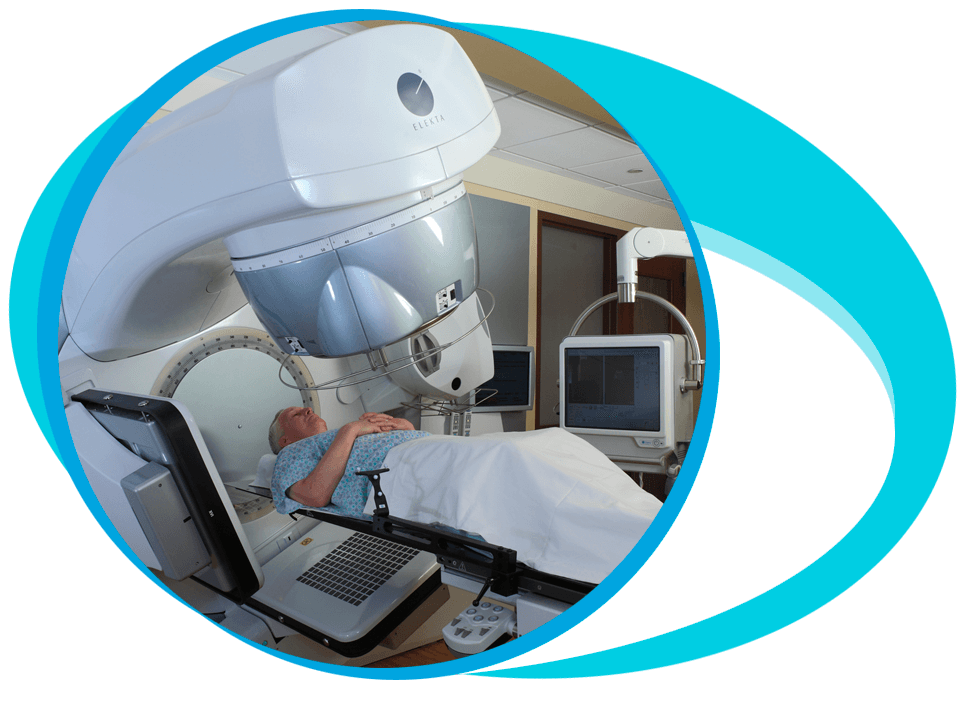Whipple Procedure in Iran Details
What Is a Whipple Procedure?
The Whipple procedure is a common surgery for removing tumors in the pancreas.
The surgery is seen as a cure to extend life for pancreatic patients.
Whipple procedure gets its name from Allen Whipple, MD, a Columbia University surgeon who first operated in 1935.
Besides, in a classic Whipple procedure, the doctor will remove the head of the pancreas, gallbladder, duodenum, a portion of the common bile duct and part of the stomach.
Thereupon, the surgeon reconnects the remaining pancreas and digestive organs.
Whipple procedure is a complex surgery and can have serious risks.
However, a successful Whipple procedure turns out to be lifesaving for pancreatic patients.
Who Is a Candidate for the Whipple Procedure?
Whipple procedure is a treatment option for the patients whose pancreas, bile duct, or duodenum is affected by cancer.
A surgeon will do tests on your body to understand the complexity of your case, and then you will be suggested with the right treatment.
If a tumor is in the head of the pancreas and has not spread to other parts of the body, the Whipple procedure might be the right treatment.
In case the tumor has grown in the body and tail of the pancreas, distal pancreatectomy is performed.
Furthermore, the Whipple procedure is one of the best ways to provide long-time cure to pancreatic patients.
What shocking to know is that about 30-50% of people who are eligible for the surgery are told otherwise.
Which is why it is strongly recommended to go for institutions and doctors with a high volume of pancreatic surgery and a success rate.
Your doctor will propose surgery to treat:
- Pancreatic tumors
- Pancreatic cysts
- Pancreatic cancer
- Bile duct cancer
- Small bowel cancer
- Ampullary cancer
- Trauma to the pancreas or small intestine
- Pancreatitis
- Neuroendocrine tumors
- Tumors or disorder apart from the ones mentioned above
Risks
Whipple procedure is also known as Pancreatoduodenectomy.
It is a complex surgery, and it has risks and complications linked to it.
Some of them are mentioned below:
- Leaking of pancreatic juices
- Bleeding from surgical areas
- Infection inside the abdomen or the incision area
- Delay in the emptying of the stomach
- Diabetes
- Weight loss
Who is the best surgeon for the Whipple procedure?
If you go by popular recommendation, then it is best to consult a surgeon and hospital with a high volume of pancreatic surgery.
The higher the volume of pancreatic surgeons with a high success rate, the more is a chance that you will get the best treatment, proper pre, and post-surgery care.
The patient should do enough research regarding this, and he should be mentally prepared before making a firm decision for the surgery.
Questions you can/should ask the surgeon
- Can my tumor be removed with the help of surgery?
- Are there any complications/risks involved in the surgery?
- How many pancreatic surgeries have you performed in the past year and as a whole?
- How many pancreatic surgeries take place in the hospital every year?
- Can you suggest another pancreatic surgeon for a second opinion?
- How long will I be expected to stay in the hospital after pancreatic surgery?
- How much time will it take to recover, and are there any precautions?
How you prepare
Your surgeon will consider all the factors and tests after which he/she will recommend the best surgery.
As it is not unknown that Whipple procedure is a complex surgery, your doctor will make sure that your condition and health is suitable for a complex operation.
Further, he/she will recommend additional medical tests before taking the procedure ahead.
Below mentioned are the few ways in which Whipple procedure may be undertaken:
- Open surgery. It is the traditional type of surgery in which the doctor makes an incision in your abdomen to access your pancreas and then perform the surgery.
- Laparoscopic surgery. In this type of surgery, your surgeon will make several smaller incisions in the abdominal wall and insert a long thin tube with an attached camera through one of them.
The rest of the surgery is performed through the other incisions guided by the laparoscopic images.
This kind of surgery is preferred because the doctor can reduce blood loss and chances of infection for the patient. - Robotic surgery. Robotic surgery uses the minimally invasive technique for carrying forward the procedure.
The doctor sits at a console and directs the robot with the help of hand controls.
It is an efficient procedure because the robot can work in tight spaces and around corners inaccessible by human hands.
Even when minimally invasive surgery has a lot of plus points like lower blood loss and chances of infection for the patient, it is a time-consuming procedure.
Besides, there can be cases in which the procedure begins with minimally invasive surgery; however, due to technical difficulty, the doctor may be conditioned to make an open incision to finish the operation.
What is the procedure?
A surgical team, including pancreatic surgeons, nurses, anesthetists, and anesthesiologists, come together to perform the Whipple procedure.
Once the patient is comfortable, the surgeon makes incision based on his approach and the patient’s condition.
The procedure usually begins with removing the head of the pancreas, duodenum, gallbladder, and a portion of the stomach. Pylorus-preserving Whipple is a type of procedure in which the entire stomach and the stomach valve are kept the same way.
After that, the surgeon reconnects the remaining pancreas and digestive organs.
The surgery typically takes four to twelve hours.
What happens after the surgery?
Once the surgery is completed, your doctor will suggest what’s best depending upon your health.
These are some of the recommendations:
- The patient can stay in a general surgical unit until he/she doesn’t recover.
Your surgeon, along with the nursing team, will take care of the diet and monitor your progress.
The patient should at least spend a week in the hospital under the supervision of the surgical team to avoid any sort of infection or complications. - In the case of a complex case or concerning the medical condition, you can be advised to stay in the intensive care unit (ICU).
The surgical team and the nursing team will take all the necessary precautions and watch for signs of complications.
The patient will be given fluids, medications, and nutrition through intravenous (IV) lines.
Further, with the help of tubes, urine from bladder and fluid, and blood from the surgical area will be drained to minimize discomfort. - After discharge from the hospital, most people can return directly home to continue recovery.
Some people are asked to stay nearby for several days for monitoring and follow-up visits.
Older adults and people with significant health concerns may require a temporary stay in a skilled rehabilitation facility.
Talk to your surgeon and team if you are concerned about your home recovery.
Other treatments recommended/given with the Whipple procedure
The patient must be calm and composed throughout the whole process.
If you are feeling any discomfort or stress, you should always discuss it with your loved ones.
Sometimes the patient is given treatment before or after surgery such as neoadjuvant therapy and adjuvant therapy.
The therapy aims to kill the remaining cancer cells that may still be present to prevent the tumor from circling back again.
Know that clinical trials are available for pancreatic patients seeking neoadjuvant or adjuvant therapy.













